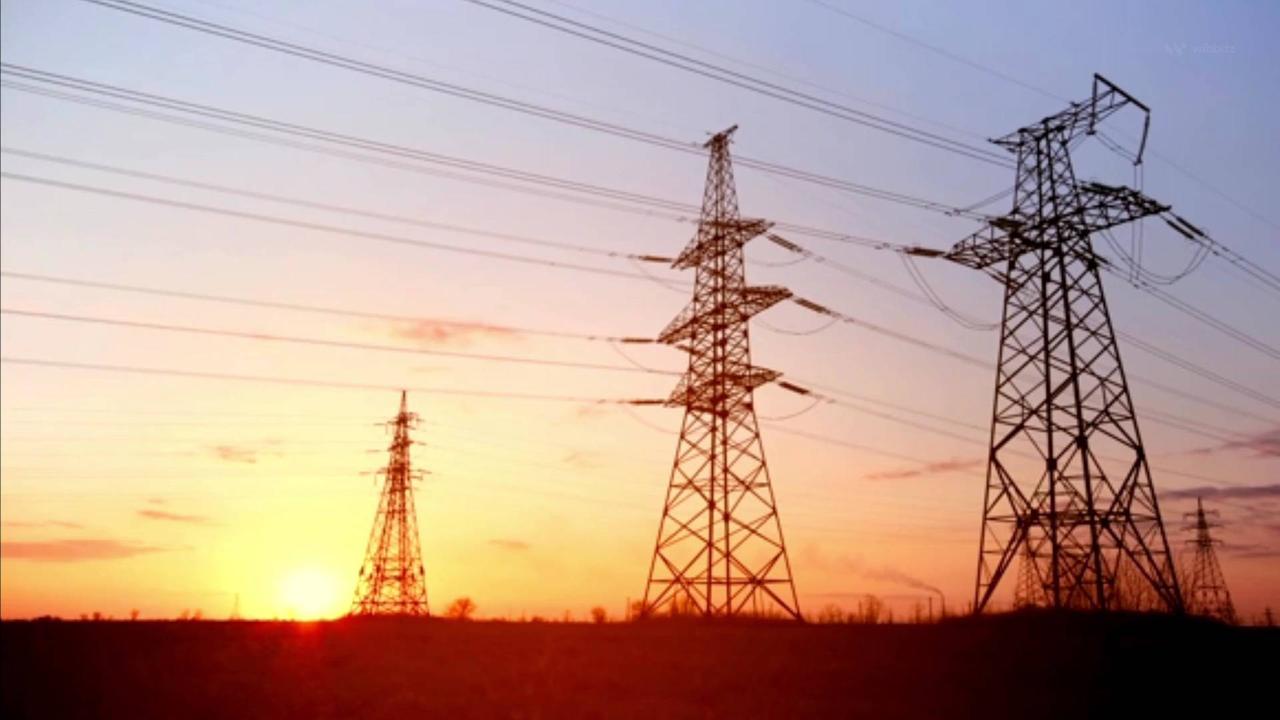
Aging Energy Infrastructure, Plus Climate Change, Are a Growing Risk.
NPR reports that Texas investigators say that a power pole , "that appeared to be decayed at the base", was the cause of the worst wildfire in the state's history.
Xcel Energy, the state's electric utility, said in a statement that , "its facilities appear to have been involved in an ignition of the Smokehouse Creek fire.".
Rob Gramlich, president of consulting firm Grid Strategies, warns that many of the U.S.'s power lines were built 60 to 70 years ago.
.
According to Gramlich, most electric utility providers in the U.S. lack the technology to let them know when power lines are overheating or sagging.
Combined with increased temperatures and drier vegetation, this aging infrastructure could spark larger, more intense wildfires.
There are some utilities that are really leaders and are getting ahead of the risk, Michael Wara, director of the Climate and Energy Policy Program at the Woods Institute for the Environment at Stanford University, via NPR.
And then there are others that we look at and think are walking into a catastrophe, Michael Wara, director of the Climate and Energy Policy Program at the Woods Institute for the Environment at Stanford University, via NPR.
According to experts, wildfire prevention can not only impact safety, but also the cost of energy bills across the nation.
We cannot afford – literally, in terms of our pocketbooks – to have utilities be perceived by their investors as high risk, Michael Wara, director of the Climate and Energy Policy Program at the Woods Institute for the Environment at Stanford University, via NPR.
There is a set of practices that utilities can take that do not cost an arm and a leg that can dramatically cut the risk of outcomes like we saw in Texas, Michael Wara, director of the Climate and Energy Policy Program at the Woods Institute for the Environment at Stanford University, via NPR


